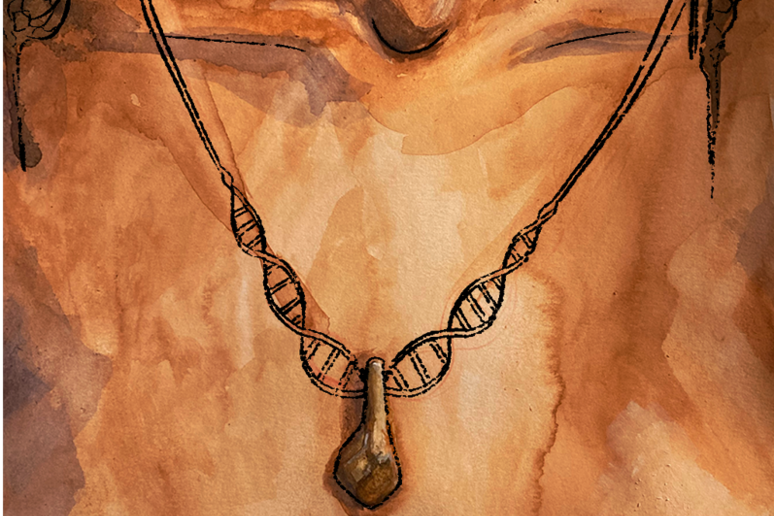For the first time human DNA has been recovered from a Paleolithic pendant made from a deer tooth around 20,000 years ago and found in the Denisova Cave in Russia.
The genome belongs to a woman of Eurasian origin, probably the same person who made and wore the charm, according to a study published in Nature and conducted by an international team of experts featuring Nobel Prize Winner Svante Paabo and archaeologist Tsenka Tsanova, who is currently at Bologna University. The research group was the first to develop a non-destructive method making it possible to extract the DNA from ancient objects to establish the identity of the people who handled them in the past.
Objects made out of bone or animal teeth are particularly interesting because these materials can contain traces of body fluids containing DNA, such as sweat, blood or saliva. The samples are immersed in a buffer solution of sodium phosphate, gradually lifting the temperature, in order to not alter or destroy the ancient skeletal material.
The trapped DNA is released into the solution and can be sequenced and analyzed. The analysis made it possible to establish that the charm dates back to a period between 19,000 and 25,000 years ago, came from a wapiti deer, and that the woman had a strong genetic relationship with a group of individuals from northern Eurasia, who had only previously been found in the east.
Riproduzione riservata © Copyright ANSA













